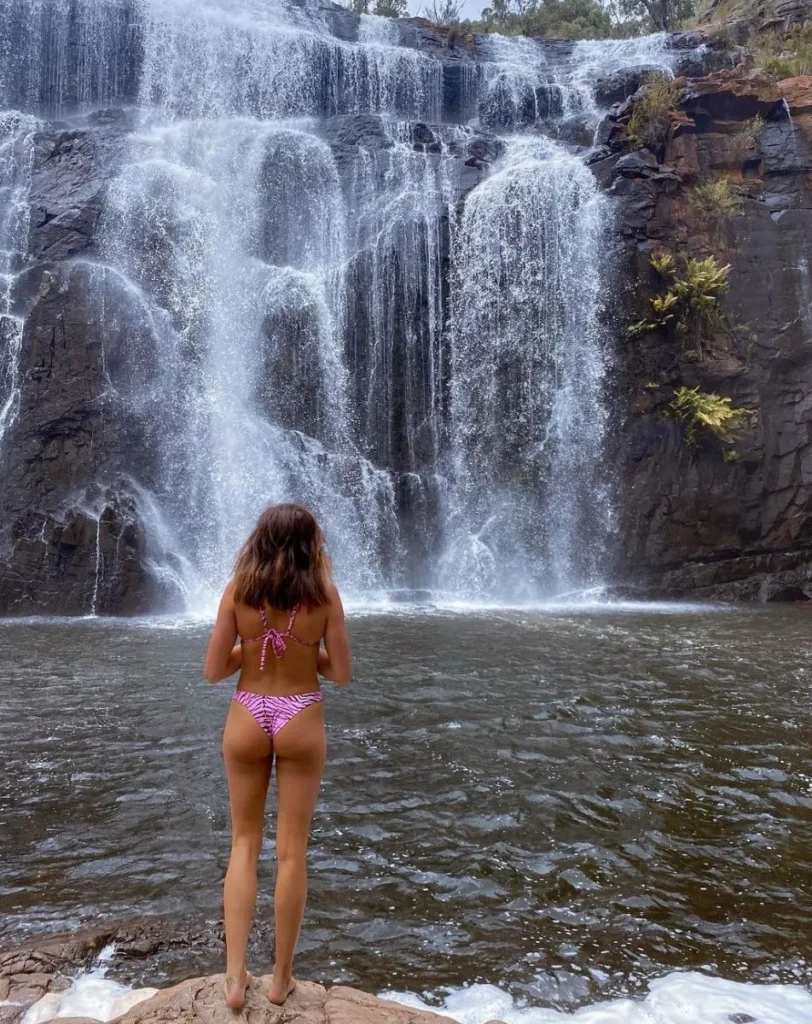When it comes to safeguarding our skin from the harmful effects of sunlight, the decision between physical and chemical sunscreen can be crucial. Physical sunscreens, often referred to as mineral sunscreens, utilize natural compounds to create a protective barrier, while chemical sunscreens absorb into the skin, converting UV rays into heat. This article delves into the essential differences between these two types of sun defense, providing insights on their distinctive advantages, potential drawbacks, and suitability for various skin types and environmental impacts.
The Basics of Sun Protection

Sunscreen is an essential aspect of any skincare routine, designed to protect the skin from the damaging effects of UV radiation. These rays are responsible for not only sunburn but also contribute to premature aging and can significantly increase the risk of skin cancer. There are two primary types of UV rays: UVA, which ages the skin, and UVB, which burns it. Sunscreens are formulated to help shield the skin from these harmful rays, and understanding the difference between physical and chemical sunscreens can help you choose the best protection for your skin.
Physical (Mineral) Sunscreens: Nature’s Shield

Physical sunscreens employ mineral ingredients such as zinc oxide and titanium dioxide to form a physical barrier that reflects and scatters UV rays away from the skin. One of the biggest benefits of physical sunscreens is their ability to provide immediate protection, along with their minimal risk of skin irritation, making them perfect for those with sensitive skin. However, they often leave a white cast and can be less water-resistant, calling for frequent reapplications especially after swimming or sweating. The texture may also be less appealing to some, as mineral sunscreens can be thicker and more visible on the skin.
Chemical (Organic) Sunscreens: The Invisible Protector
In contrast, chemical sunscreens contain organic compounds like oxybenzone, avobenzone, and octisalate, which absorb UV radiation. Upon absorbing these rays, the compounds transform UV radiation into heat, which is then released from the skin. Chemical sunscreens are preferred by many due to their lightweight formulation and smooth application, seamlessly integrating into daily skincare and makeup routines. The formulation of these sunscreens also tends to be easier to apply across various skin types. However, they typically require about 20 minutes to become effective after application and occasionally cause allergic reactions or skin irritation. Additionally, there are environmental concerns, particularly relating to coral reefs, which have prompted some regions to ban certain chemical sunscreen ingredients.
Comparing the Environmental Impact
The ingredients in sunscreen can not only affect your skin but also have an impact on the environment, particularly marine life. Some chemical sunscreen ingredients have been associated with coral bleaching and are a growing concern for ecosystem health. As individuals become more environmentally aware, many are looking for sun protection options that minimize ecological damage. Here, we’ll take a closer look at the environmental considerations of both sunscreen types.
Environmental Considerations:
- Eco-friendliness of ingredients
- Impact on coral reefs and marine life
- Biodegradability of sunscreen formulations
| Sunscreen Type | Eco-Impact Level | Reef-Safe? |
|---|---|---|
| Physical | Low | Yes |
| Chemical | High | No (some ingredients) |
Finding the Right Sunscreen for Your Skin Type
With several types of sunscreens available, selecting the right one can be overwhelming. Skin type is an important consideration—those with acne-prone skin may prefer non-comedogenic formulas; those with dry skin might benefit from sunscreens with added moisturizers; while someone with sensitive skin may lean towards a physical sunscreen. By understanding your skin’s specific needs, you can make a more informed choice in selecting your sun defense.
Tips for Choosing Sunscreen:
- Identify your skin type: oily, dry, sensitive, or combination.
- Consider any skin conditions you may have, such as acne or rosacea.
Conclusion
In summary, the choice between physical and chemical sunscreens is influenced by personal preference, skin type, and environmental considerations. Physical sunscreens offer immediate protection and are generally better for sensitive skin, but they can be visible on the skin and need frequent reapplication. Chemical sunscreens are less noticeable and have easier application but require time to become effective and can have environmental impacts. Ultimately, consulting with a dermatologist can help you find a sunscreen that aligns with both your skin health goals and ethical considerations.
FAQs About Physical and Chemical Sunscreens
- What is broader spectrum protection, and which sunscreen type provides it?
Both physical and chemical sunscreens can provide broad-spectrum protection when formulated with the right ingredients. Broad-spectrum protection means that the sunscreen protects against both UVA and UVB rays, crucial for comprehensive skin defense. - Can physical sunscreens cause any side effects?
Physical sunscreens are less likely to cause side effects compared to chemical ones. However, they can leave a white cast on the skin, and some may find them less comfortable due to their thicker consistency. - How often should I reapply sunscreen, and does the type of sunscreen change this?
Sunscreen should be reapplied every two hours, or more frequently if swimming or sweating heavily. While reapplication guidelines are generally similar for both physical and chemical sunscreens, water resistance may differ between formulations. - Are there hybrid sunscreens that combine physical and chemical elements?
Yes, hybrid sunscreens exist that incorporate both physical and chemical UV filters to provide broad-spectrum protection with a balance of benefits from both types. - Is it safe to use chemical sunscreens during pregnancy?
Generally, sunscreens are considered safe for use during pregnancy, but it’s always best to consult with a healthcare provider. Some prefer mineral sunscreens during this time due to concerns about potential chemical absorption.



